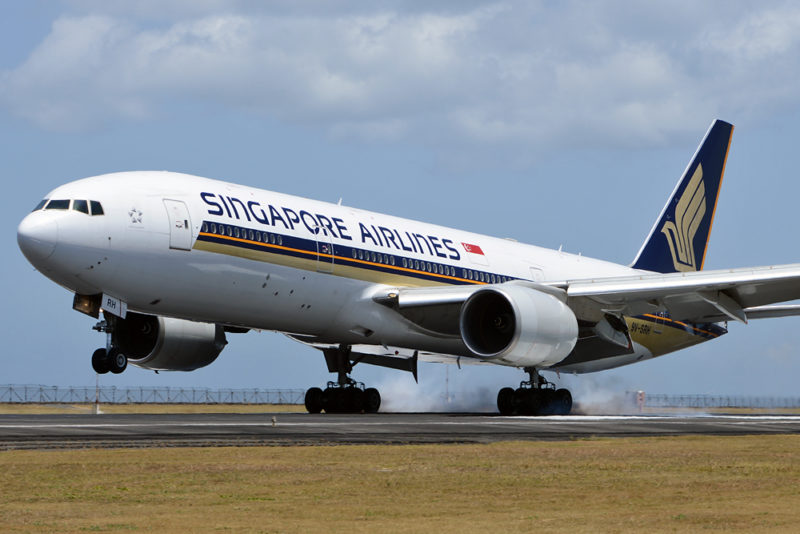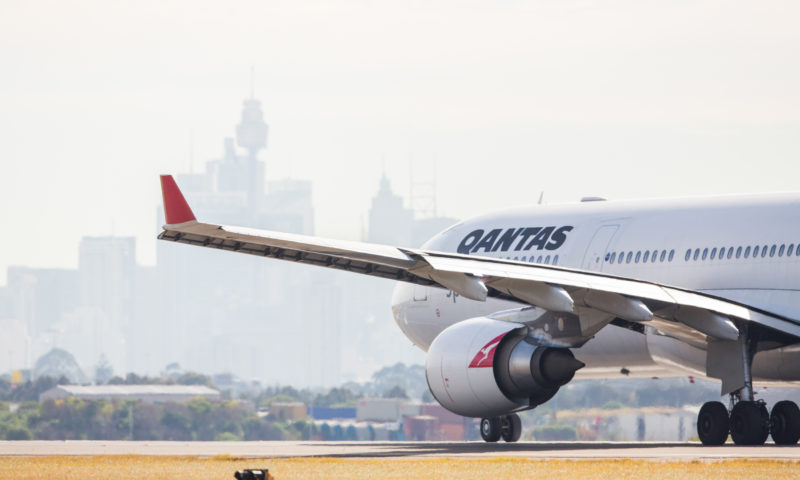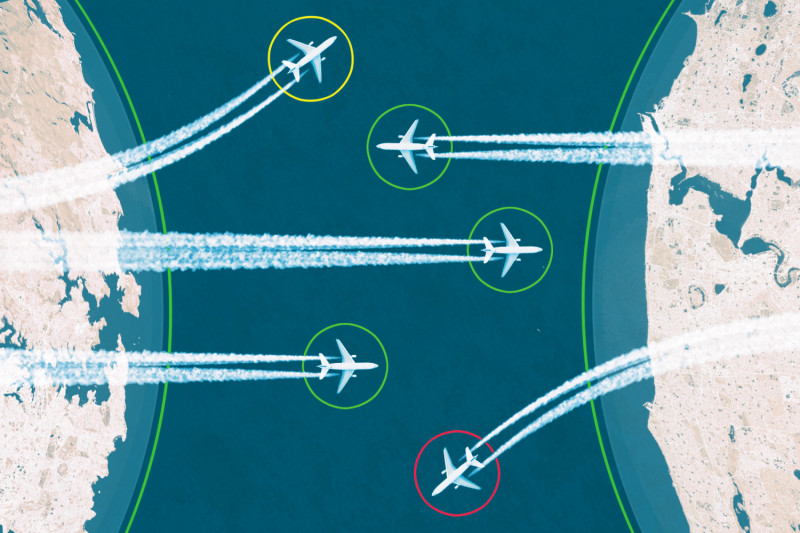Travel bubbles (often called corona corridors) will undoubtedly be key in resuming safe but practical international travel. In recent weeks, previously closed countries like Australia, Singapore, the UAE and Japan have begun forming and planning COVID-safe travel corridors.
By opening a travel bubble, citizens of each country can travel freely without having to undergo quarantine upon arrival. The first travel bubble, opened between Latvia, Lithuania and Estonia, pioneered the concept of allowing citizens to travel in a controlled but easy manner.
In this article, we will take a look at five important travel bubbles that promise to restore tourism and trade.
Hong Kong – Singapore
Hong Kong and Singapore have reached an in-principle agreement to establish a bilateral travel bubble. This arrangement will help revive cross-border air travel between the two aviation hubs, in a safe and progressive way.
As part of the agreement there are no restrictions on travel purposes. Passengers must fly on designated flights that only cater to travel bubble passengers. No quarantine will be required at either end.
Hong Kong Secretary for Commerce Edward Yau has called the move “a milestone” to “resume normalcy” during COVID.
“This has given us the confidence to mutually and progressively open our borders to each other… It is a safe, careful but significant step forward to revive air travel, and provide a model for future collaboration with other parts of the world.”
Edward Yau, Secretary for Commerce and Economic Development, Hong Kong SAR

Indonesia – United Arab Emirates (UAE)
Indonesia and the UAE recently entered into a “business travel bubble” which is designed to facilitate vital business and diplomatic trips.
The agreement will exempt these passengers from a two-week quarantine measure, when travelling between the two countries. Indonesian Foreign Minister Retno LP Marsudi has said that while tourists are banned at this stage, both countries will explore such travel in the future.
“We have set up arrangements [and requirements] for travellers to follow strict health protocols, including requiring them to take a COVID-19 PCR test prior to travel. Both countries would recognize the test result”
Retno LP Marsudi (via Jakarta Post)
Australia – New Zealand
Air New Zealand has commenced operations under a one-way “Safe Travel Zone”, often called the Trans-Tasman Travel Bubble. The airline is flying alongside Qantas and subsidiary Jetstar.
Passengers, travelling from New Zealand, will be able to travel to New South Wales without the requirement for quarantine upon arrival in Australia. However, Australian residents are not able to enjoy the same privilege for the time being.
Air New Zealand CEO Greg Foran says that in order for the airline to ensure governmental restrictions are met, it has introduced what’s known as ‘quarantine’ and ‘quarantine-free’ flights.
The quarantine-free flights will be for travellers originating from New Zealand, who are flying from Auckland to Sydney and are not required to quarantine on arrival in Australia.
Quarantine flights will be open to passengers who do not meet the Safe Travel Zone criteria, passengers will also be required to quarantine upon arrival in Australia.

India – United States
India is creating a travel bubble arrangement with the United States. Indian and US carriers are permitted to operate flights between India and the US, with some restrictions on travel from the US.
United Kingdom – United States
Despite still being in the development stages, this Trans-Atlantic travel bubble is due to be up-and-running by December. According to the WSJ, US officials are aiming to open travel between New York City and London; with shortened traveller quarantine periods, as soon as the Christmas holidays.
Feature Image: ForeignPolicy.com




